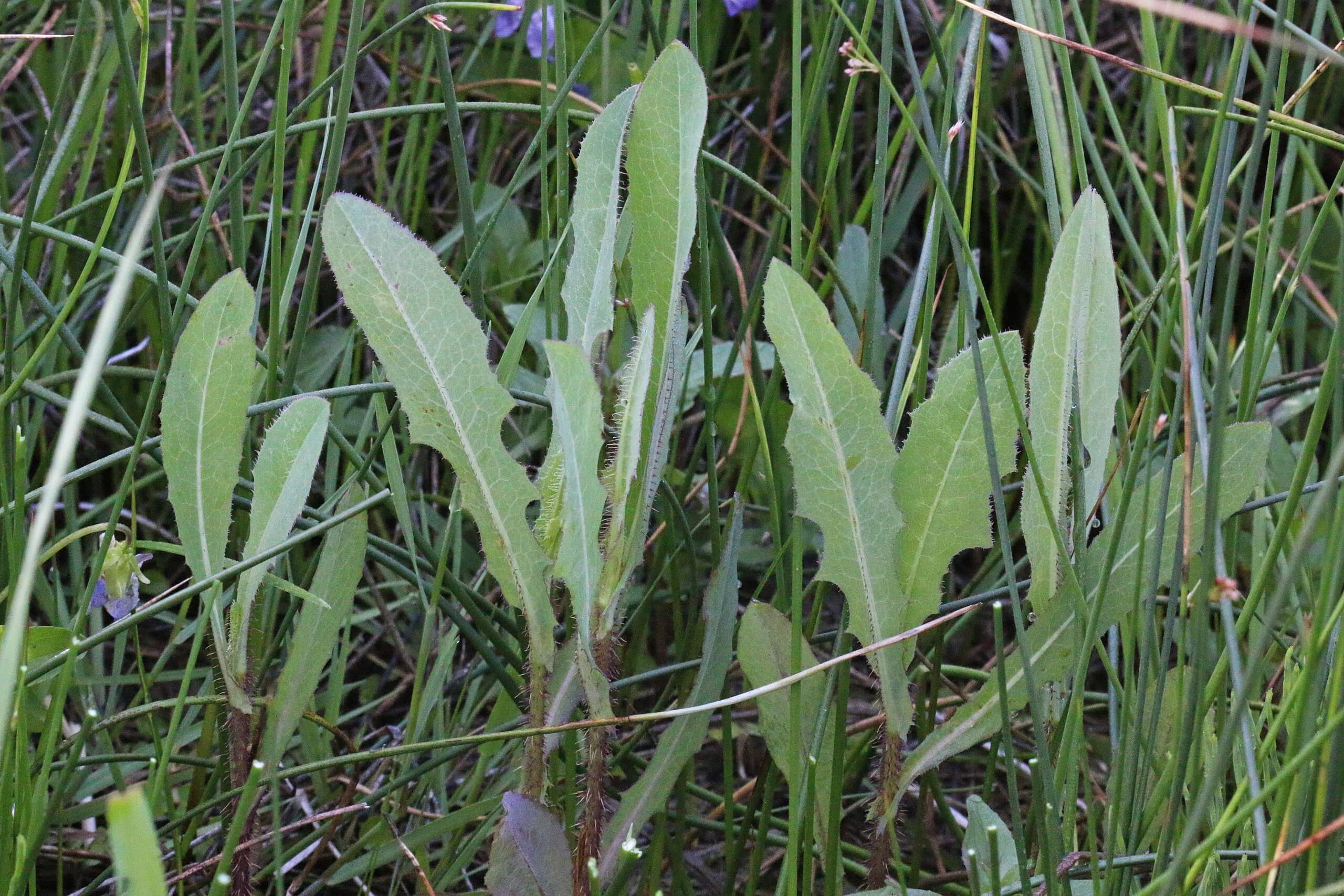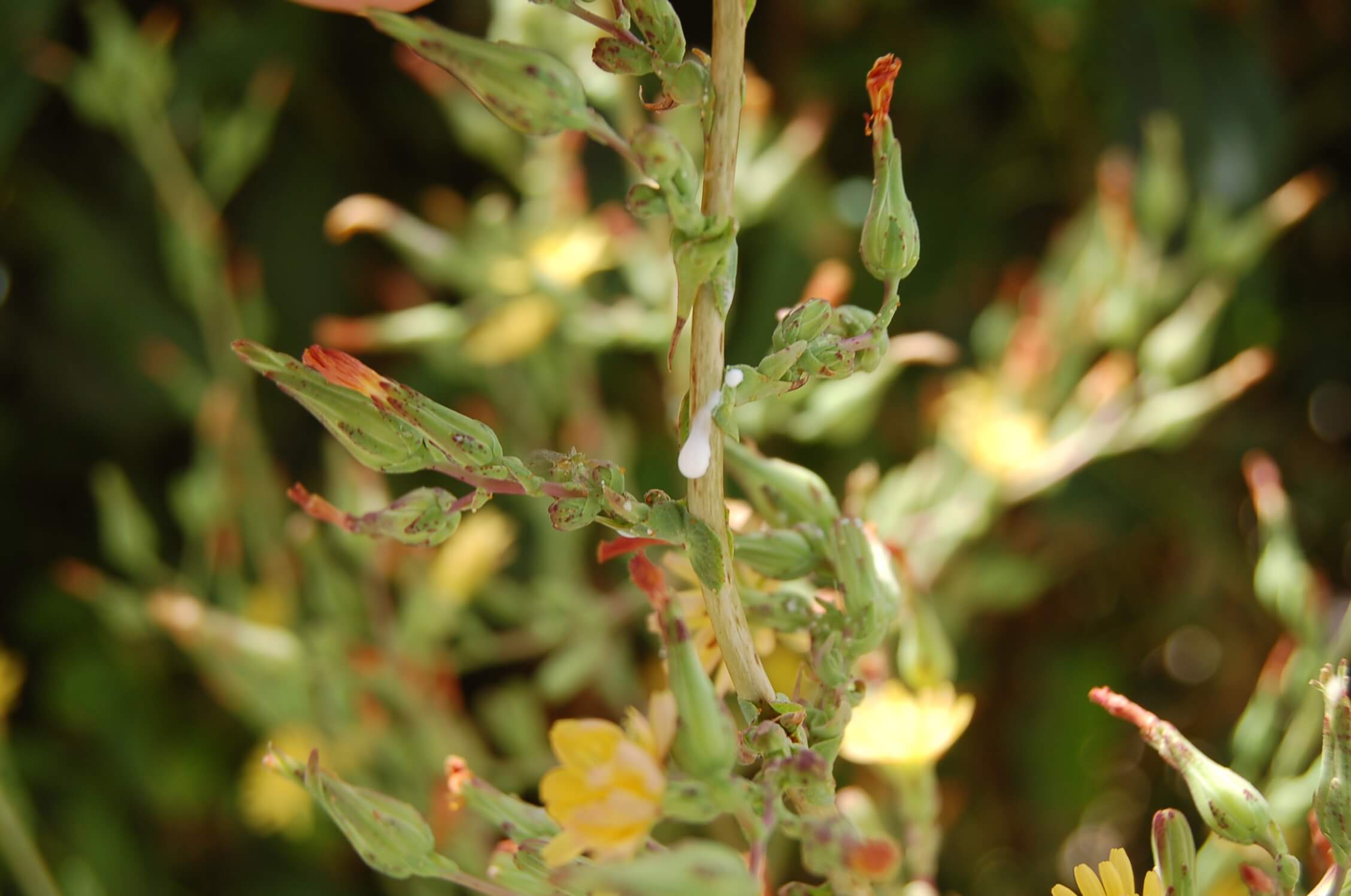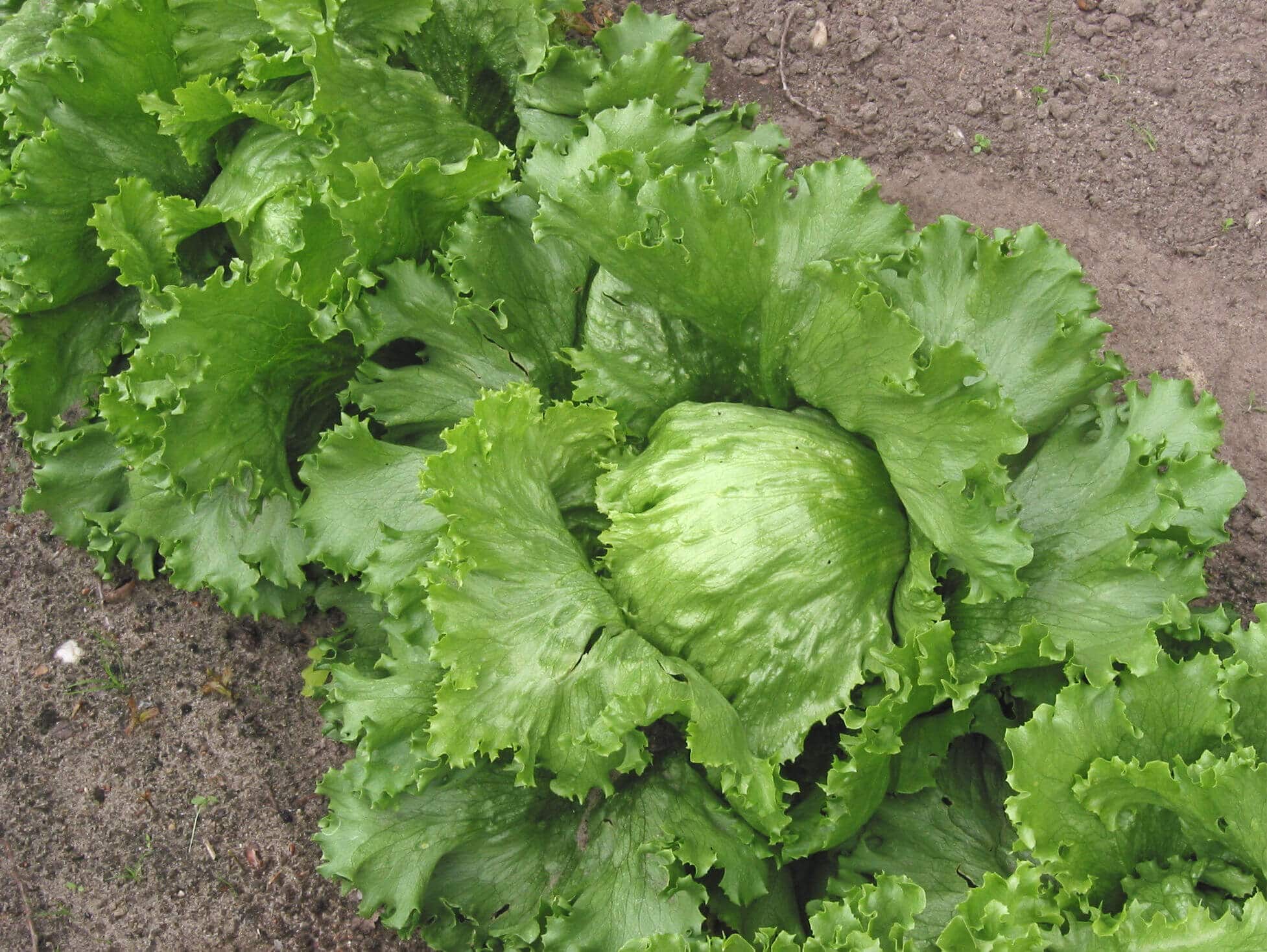Wild Lettuce (Lactuca.) refers to a large genus of plants that belong to the daisy family. They include the incredibly well known garden lettuce (Lactuca sativa), of which we have cultivated a large number of commercial varieties. We’re likely all greatly familiar with these leafy vegetables, with varieties such as iceberg lettuce and romaine lettuce often gracing our tables.
The other members of this genus include a large collection of wild lettuce, originating from different parts of the World. Some native to Europe and Asia, others to the Americas. Most are annuals, and as such they have the ability to spread quickly through trade and transport. So species once native to one continent can now often be found in another.

The Wild Lettuce Varieties of North America
A great number of wild specimens are endemic to North America, whereas others have been introduced. Prickly Lettuce (Lactuca serriola) likely came over to the US from Europe, but is now well established in a number of areas.
The species you will find can depend on your location, but some of the most prolific native species across the US are Tall Blue Lettuce (Lactuca biennis) and Tall Lettuce (Lactuca canadensis). The latter has a wide and undefined range across North America and has varied names too. From Canada Lettuce to Florida Blue Lettuce.

More northern species (found in northeastern and central states, and into Canada) include Prairie Lettuce (Lactuca ludoviciana) and Hairy Lettuce (Lactuca hirsuta). There’s even a southern species that overlaps with Mexico called the Grassleaf Lettuce (Lactuca graminifolia).
Identifying Wild Lettuce
It can be difficult to differentiate between different wild lettuce species. Many have only small differences that allow them to be characterized as a separate species. Some of the best identifying factors are leaf structure and the flower characteristics.
Generally most wild lettuce species have leaves with serrated edges and a lobed structure. They are predominantly a bright green color, but can often be flecked with hints of purple too. As members of the daisy family, the flowers often resemble daisies and dandelions. With white and yellow petals forming a ray shape around a tiny cluster of smaller disc flowers.
It’s best to discern which species you are likely to find in your area and take a field guide with you to help you to identify species.
History of Wild Lettuce
Wild lettuce has an incredibly rich medicinal history. It was heavily relied upon by herbalists and pharmacists as a form of sedative and was also often consumed as a food crop. But it became most prominent as people began to utilise it as a medicinal herb.
Medicinal Use of Wild Lettuce
All wild lettuce contains a chemical with fairly similar capabilities to opium. Lactucarium is a milky white substance found within the plants leaves and stems. It was thought to offer a soothing sedative effect, without the higher risk of producing hallucinations. The whole plant is full of this milky substance, which flows freely when a leaf or stalk is cut or broken.

In the 19th century it became known for its effects of sedating and easing pain in patients. It would be used to treat a great number of ailments and conditions. From whooping cough to kidney troubles and anxiety. Wild lettuce could be dried, smoked, eaten or applied as a tincture.
Today the species most frequently turned to for herbal remedies are Canada Lettuce and Bitter Lettuce (Lactuca virosa). It’s important to note that studies are limited, and there is currently only a small amount evidence that supports the sedative effects of wild lettuce.
From a Wild Specimen to a Commercial Crop
Wild lettuce is very closely related to the typical lettuce crop we buy from supermarkets today. It was believed to have been first used as a leafy vegetable by the Egyptians, and has since been cultivated and developed around the world as popular leafy green.
As wild lettuce was bred as a commercial crop for food, varieties with a sweeter flavoring were generally preferred. These were mixed and cultivated until the slight bitter flavoring of wild lettuce disappeared completely.
The chemicals which gave wild lettuce its bitter taste, were the components responsible for its medicinal value. So today, your average iceberg lettuce will no longer be able to soothe anxiety or treat pain.

Cautions & Lookalikes
Poisonous lookalikes are limited, however the lobed leaves of wild lettuce can sometimes bear a resemblance to the poisonous Carolina horsenettle (Solanum carolinense). As with any food foraged from the wild, you must be 100% positive in your identification, before proceeding to consume anything.
Whilst wild lettuce is frequently used as a herbal remedy, it is important to note that eating too much wild lettuce can have the opposite effect. Reported negative side effects range from nausea, vomiting, dizziness, anxiety and even loss of consciousness in some extreme cases. It is generally recommended that children and those who are pregnant avoid taking wild lettuce as a form of natural pain relief.
Foraging for Wild Lettuce
Wild lettuce can usually be found growing in moist soils; From the banks of a river to areas of waste ground. It grows well on disturbed soil where it can seed and grow quickly.
Identification is key when foraging for leafy greens. It is important to pay close attention to leaf structure and habitat before harvesting any leaves for consumption. Wild lettuce species have many similarities, but each can have a certain lookalike. So it’s best to be 100% sure when identifying a species in the wild.
When washed the leaves can be added into salads or used as general leafy green. Take care to remove any spines that may be present along the leaves.
Did You Know…
Wild lettuce earned itself the colloquial name of ‘poor man’s opium’ due to its similar, but milder effects as a painkiller. Compared to opium, it was more widely available and could be harvested quickly from the wild and be used by any individuals.
A fascinating genus of plants, even today wild lettuce are greatly valued by many people as plant which can be turned to for its medicinal value. Its a great wild edible to forage that allows us an insight into the mindset of our ancestors who prized wild lettuce as a valuable crop.
—————Written by Hannah Sweet
Hannah is a freelance writer and graphic designer from the UK. With a penchant for travelling, photography and all things botanical, she enjoys writing about a wealth of topics and issues, from conservation and slow living, to design and travel. Learn more about her writing and design services at www.sweetmeanders.co
Many of our readers find that subscribing to Eat The Planet is the best way to make sure they don't miss any of our valuable information about wild edibles.
See our privacy policy for more information about ads on this site







4 Responses
One of my favorite plants to study and use for medicinal purposes. I grow many different species in my garden each year. I just wanted to add that people whom have latex allergies should avoid using this plant. The Lactucarium is a form of latex.
I would like to know how Native Americans used wild lettuce.
You publicly mock the dress of ultra-orthodox Jews and disguise your hatred, by using words like ‘joos’ and ‘juice.’ What happened to you, to turn you into an ignorant bigot, so obsessed with hating the Jewish people?
Unlike other forms of racism, antisemitism is also a conspiracy theory. Conspiracy theorists are disassociated from reality. Your various unhinged theories certainly fit the pattern of a good, old-fashioned antisemite.
I would like to know how Native Americans used wild lettuce?